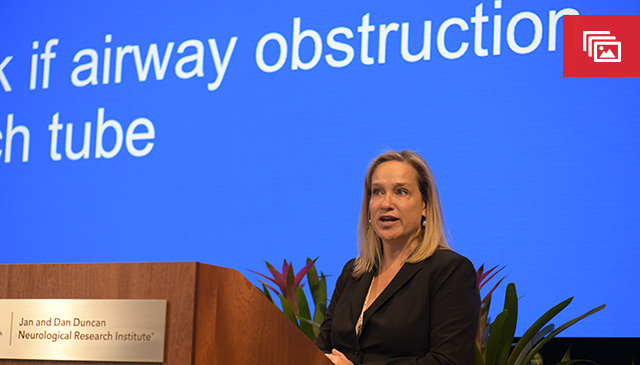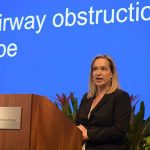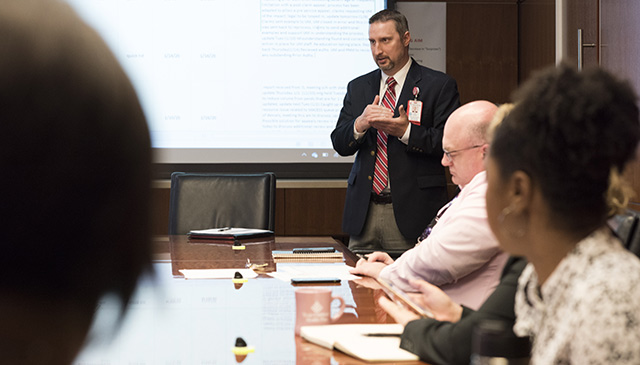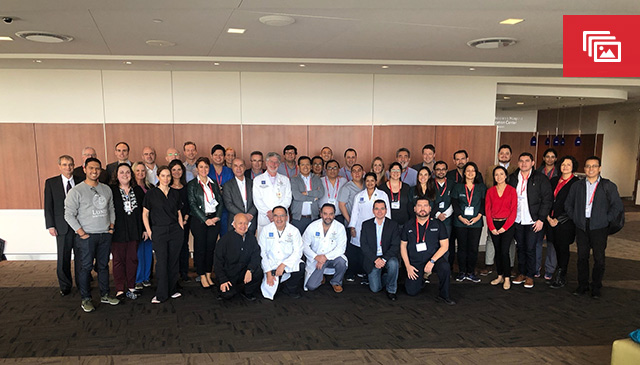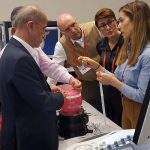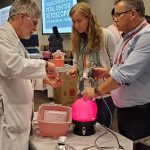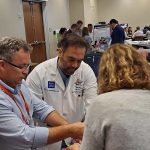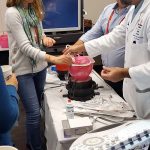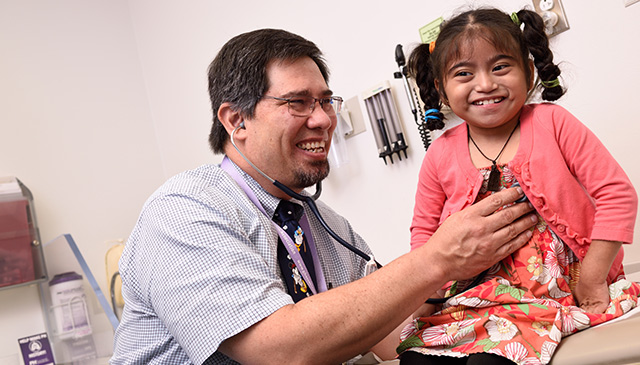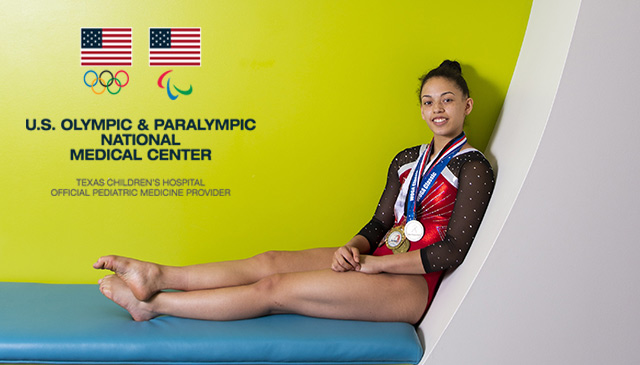
Today, the United States Olympic & Paralympic Committee announced the addition of Texas Children’s Hospital to the USOPC National Medical Network. Texas Children’s will serve as a national medical center and the Official Pediatric Medicine Provider, offering expertise to Team USA athletes in coordination with USOPC medical practitioners. Texas Children’s also has established a dedicated USOPC Technology and Innovation Endowment to provide additional support.
“Texas Children’s Hospital has a history of high-quality medical care and leadership and is an exceptional addition to the United States Olympic & Paralympic Committee’s National Medical Network,” said Bahati VanPelt, USOPC chief of athlete services.
“Working with specialty providers represents a great opportunity for Team USA athletes to benefit from leading practitioners in sports medicine – and in this case specialized service for young athletes – as part of the broad USOPC commitment to whole-athlete wellness.”
The National Medical Network partners with leading medical centers and practitioners with proven sports medicine expertise to provide additional services to America’s elite athletes. Our partnership with the USOPC will allow for integration of Texas Children’s expertise into the USOPC’s Sports Medicine program.
“We are thrilled to support the USOPC and America’s elite athletes as the exclusive pediatric care provider of the National Medical Network,” said Dr. Jeffrey Shilt, Texas Children’s chief of community surgery and the sports medicine liaison to the USOPC.
“As young athletes transition from the playground with the goal of representing Team USA, we look forward to helping them achieve these milestones by providing expert care during an illness or injury, and maintaining their overall health and well-being. We take great pride in being able to support the next generation of Olympians and Paralympians as they optimize their health and performance through this world-class relationship.”
In addition to joining the National Medical Network, Texas Children’s committed additional resources to the USOPC’s Technology and Innovation Fund, which will specifically support investments in pediatric medical innovations and services. In conjunction with the U.S. Olympic & Paralympic Foundation, and with support from generous investors, the fund was created to use the brightest ideas in technology and engineering to benefit Team USA’s sports and athletes.
The fund delivers groundbreaking improvements to current sport technology, drives future development and bridges the gap between innovation and utilization to put the U.S. Olympic & Paralympic Committee – and the athletes and National Governing Bodies it serves – at the forefront of sport performance innovation.
“The USOPC is committed to leading in the fields of sport high performance and innovation, supporting Team USA athletes where they train and compete with cutting-edge research – and, importantly, the ability to translate research into best practices,” said Finbarr Kirwan, USOPC vice president, sport performance. “Texas Children’s support of the Tech and Innovation Fund dramatically increases our ability to build on our successes to date, and significantly expand our ability to provide for Team USA athletes of all ages.”
National Medical Network organizations are designated by the USOPC as either national or regional based on the scope of available services and specific geographic proximity to training and competition centers and sites.
The following organizations are members of the National Medical Network:
National Medical Centers
- Steadman Philippon Research Institute and The Steadman Clinic – Vail, Colorado
- Texas Children’s Hospital – Houston, Texas
- University of Utah Health – Salt Lake City, Utah
Regional Medical Centers
- Adirondack Health – Saranac Lake, New York
- Allegheny Health Network – Pittsburgh, Pennsylvania
- Colorado Center of Orthopedic Excellence – Colorado Springs, Colorado
- Lake Placid Sports Medicine – Lake Placid, New York
- Memorial Health, part of UCHealth – Colorado Springs, Colorado
- For more information on USOPC athlete care and the National Medical Network, visit TeamUSA.org
About the USOPC
Founded in 1894 and headquartered in Colorado Springs, Colorado, the United States Olympic & Paralympic Committee serves as both the National Olympic Committee and National Paralympic Committee for the United States. The USOPC is focused on protecting, supporting and empowering America’s athletes, and is responsible for fielding U.S. teams for the Olympic, Paralympic, Youth Olympic, Pan American and Parapan American Games, and serving as the steward of the Olympic and Paralympic movements in the U.S. For more information, visit TeamUSA.org.
